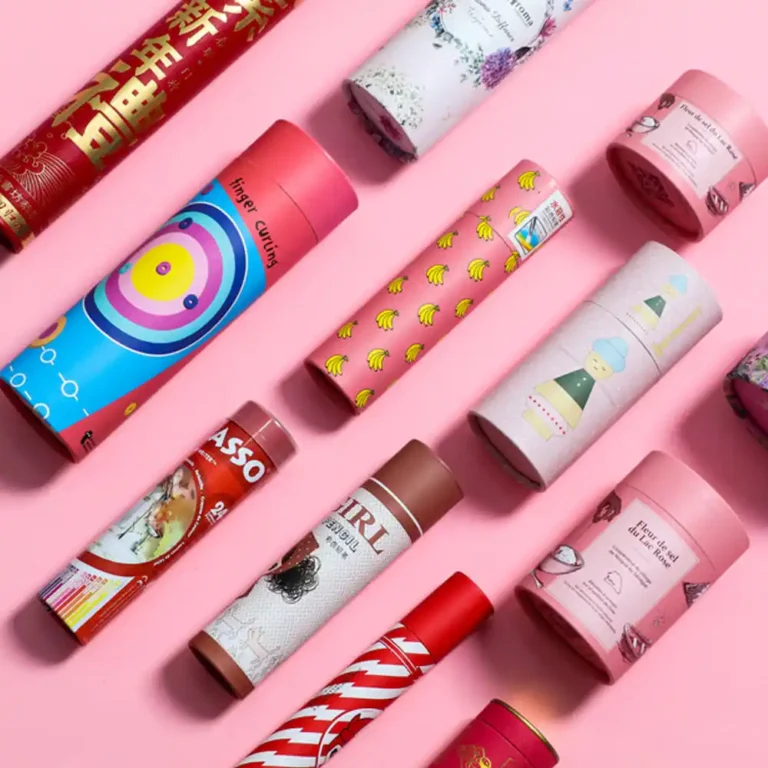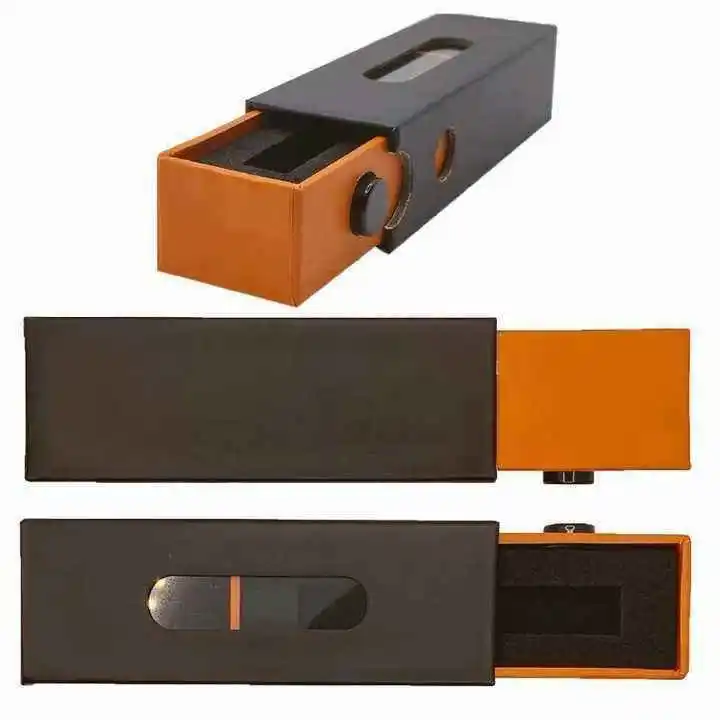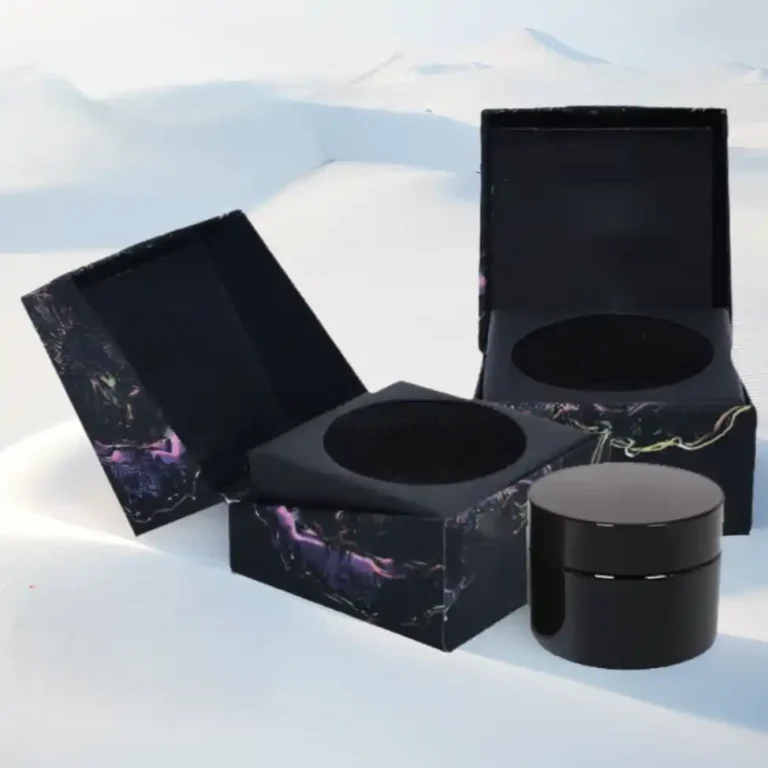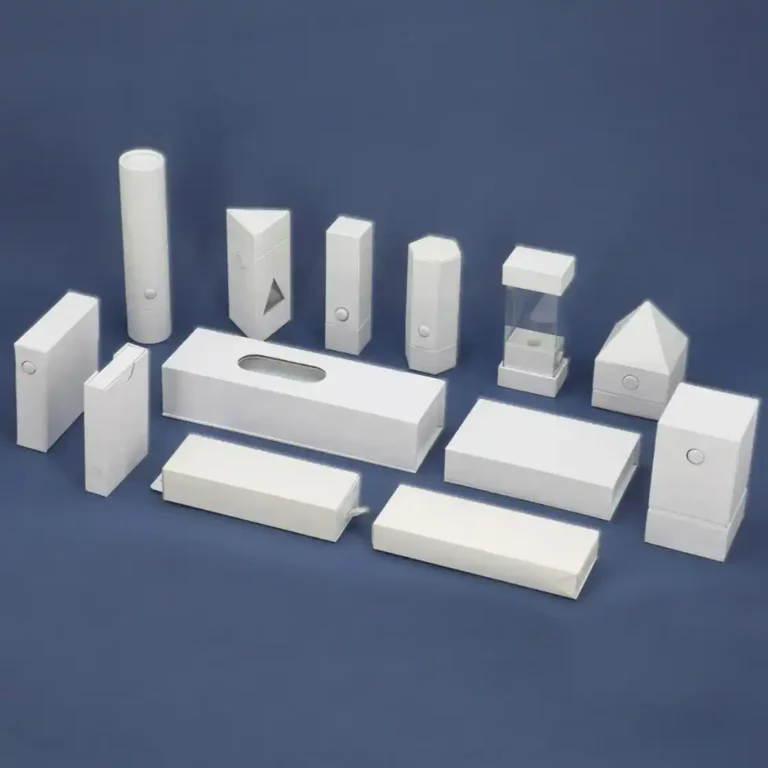Analysis And Prevention Strategies Of The Five Major Causes Of Blistering On The Surface Of Packaging Boxes
Introduction
Blisters don’t shout; they whisper. By the time a carton cools on the line or lands in a warehouse, those tiny domes of trapped air, solvent, or moisture have already told a story about materials, process windows, and everything that happened in transit. This guide unpacks that story and gives you practical, shop-floor fixes—whether you run short runs of folding cartons, high-volume printed corrugated boxes, premium paper gift boxes, or specialty programs like paper tube packaging. When retail integration matters, align with in-store cardboard displays. If you need prepress tests to validate changes, lean on experienced printing services. For a complete view of solutions across categories, start at the homepage.
Table of Contents

Material moisture imbalance: the invisible battlefield of humidity control
Hygroscopic substrates and coating sensitivity
Paperboard, kraft liners, and polymer films keep trading moisture with the air. If the facestock and liner equilibrate at different rates, internal stresses form. Add heat from lamination, varnish curing, or a shrink tunnel and those stresses expand into blisters.
Inbound handling and acclimatization protocol
- Receive and store sheets in stable conditions near pressroom setpoints.
- Acclimatize pallets before converting, keeping wraps on until temperatures match the room.
- Rotate inventory to avoid long-term moisture drift that raises blister risk on reprints.
Process controls that prevent vapor traps
- Pre-dry sheets with low heat and high airflow before lamination or coating.
- Avoid over-baking, which drives vapor to interfaces where it re-condenses later.
- Match coat weight to board porosity; heavy coats on tight fibers are a common trigger.
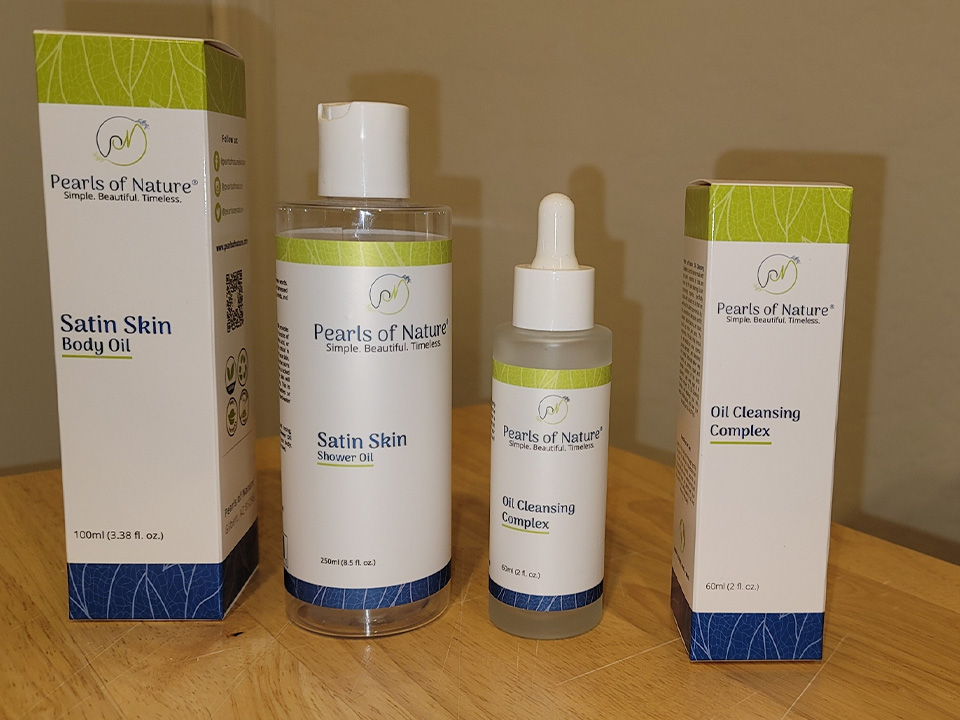
Glue process defects: triple crisis of bonding interface
Adhesive selection and solids control
Water-based glues with low solids can flood fibers unevenly and leave voids. Hot-melt windows that are too narrow skin over before wetting. Both conditions trap pockets that later print as bubbles.
Application uniformity and nip calibration
- Keep film weight consistent across the web; watch edges for starvation or squeeze-out.
- Calibrate nip pressure and parallelism so you don’t create raised “islands” that imprison air.
- On wrap styles and rigid sets in paper gift boxes, ensure corner turning doesn’t scuff coatings that might lift into blisters.
Curing, stacking, and post-press timing
- Allow full set before die-cutting, embossing, or foil; stressing green bonds often raises bubbles along scores.
- Use ventilated stack patterns so warm, freshly glued piles can vent residual vapor.
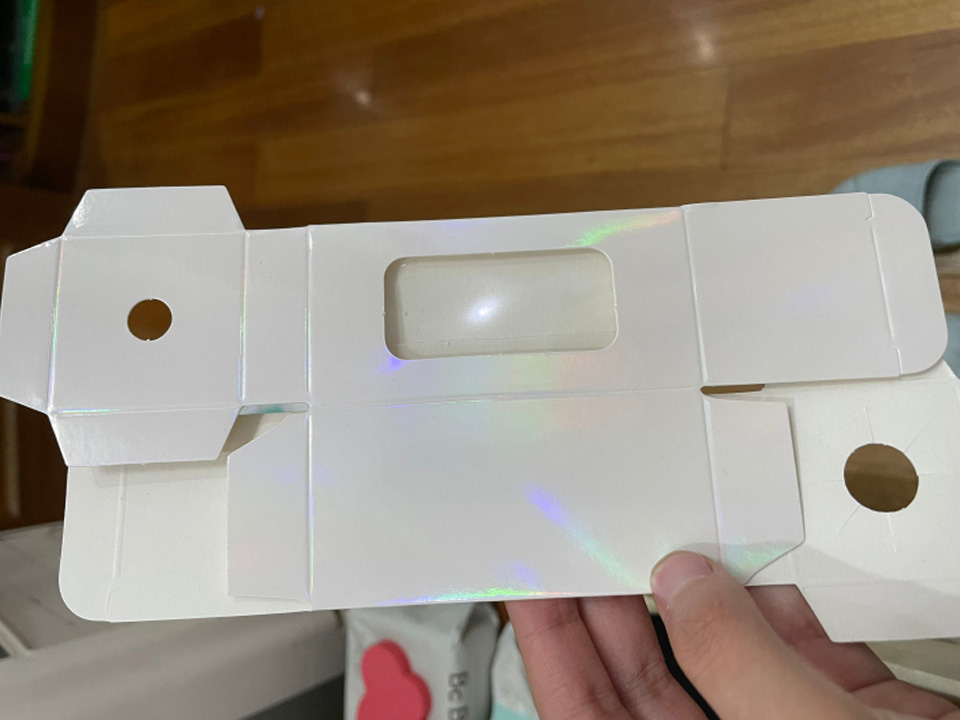
Out-of-control production environment: destructive effect of microscopic particles
Dust, fiber lint, and silicone mist
A speck at the bond line acts like a spacer. Under film lamination, that speck becomes a nucleus where trapped air expands through temperature cycles.
Air quality and housekeeping standards
- Maintain clean zones around coating, lamination, and foil stations with HEPA filtration and positive pressure.
- Purge release-agent overspray; silicone mist quickly sabotages adhesion.
- Set timed wipe-downs and roller tack-cleaning, verified by checklists rather than memory.
Inline inspection and early rejection
- Add strobe-aided viewing or camera vision to catch halos, fisheyes, and early pips.
- Quarantine and rework localized defects; don’t let latent blisters continue into hot finishing steps.

Structural design defects: invisible traps of mechanical conduction
Score, crease, and radius engineering
Scores that are too deep or narrow concentrate stress. When panels fold, tensile peel lifts varnish or film at the ridge and bubbles creep along the score.
Panel geometry and laminate stack-ups
- Respect minimum bend radii for films and foils; tight turns crack coatings and open air channels.
- Balance layers. Heavy ink plus foil and film on one face while the back is bare will curl the sheet and encourage micro-delamination.
Design-for-manufacture collaboration
- Involve converting early on handle cutouts, windows, and deep cavities common in electronics boxes.
- Prototype and run short trials via printing services to validate creases, folding sequence, and tool geometry before full tooling.
Transport and storage stress: continuous damage of dynamic load
Thermal cycling and humidity drift in logistics
Pallets move across docks and containers with wildly different climates. Heat-cool cycles expand and contract layers; any residual moisture or solvent behaves like a tiny bellows inside the pack.
Palletization, wrap, and dunnage strategy
- Use corner posts that shield without crushing panels; avoid over-tensioned wrap that bows faces.
- Keep cartons off container floors with dry pallets and desiccants to limit spikes in humidity.
- Separate high-gloss laminates from abrasive surfaces to prevent micro-channels that bubble later.
Shelf-life, rework, and market returns
- Mark lots and storage conditions so QA can trace blister clusters to routes or seasons.
- If returns show localized bubbles, simulate that lane’s climate profile and lock in revised specs for future runs of folding cartons or printed corrugated boxes.
Conclusion
Blistering is rarely a single villain. It’s a chain of small misses—humidity that drifted, glue that skinned, dust that settled, a score that pinched, a truck that baked then chilled. Break the chain and the blisters stop. Stabilize materials, run disciplined adhesive windows, protect critical stations with clean air, design creases that cooperate with your laminates, and ship with climate in mind. When you need a one-stop review across formats—from paper gift boxes and paper gift bags to paper tube packaging—use proven printing services and align in-store with cardboard displays. For a fast overview of everything you can customize and test, start at the homepage.







